XRF test results for New (2023) Dowan-brand red plate with white circles (Made in China)
For those new to this website:
Tamara Rubin is a multiple-federal-award-winning independent advocate for childhood Lead poisoning prevention and consumer goods safety and a documentary filmmaker. She is also a mother of Lead-poisoned children (two of her sons were acutely Lead-poisoned in 2005). Since 2009, Tamara has been using XRF technology (a scientific method used by the U.S. Consumer Product Safety Commission) to test consumer goods for toxicants (specifically heavy metals — including Lead, Cadmium, Mercury, Antimony, and Arsenic). All test results reported on this website are science-based, accurate, and replicable. Items are tested multiple times to confirm the test results for each component tested. Tamara’s work was featured in Consumer Reports Magazine in February of 2023 (March 2023 print edition).
April 4, 2023 – Tuesday
Article 2 in a Series of 6
If you read Article #1 you can skip to the test results below (the remainder of the text is the same, just in case a reader comes across this article first!)
- The red plate pictured in this article (and purchased expressly for this testing), was purchased directly from Dowan’s website. This dish is part of Dowan’s Colorful Life Collection.
- It has the green DOWAN logo on the back – with an image that looks like a wave (see additional photos below).
- This item was purchased in March 2023 and delivered in April 2023.
- We purchased it directly from the manufacturer in response to the company’s challenges of our work here at Lead Safe Mama, LLC – and their allegations that the Dowan item we previously tested and reported on was somehow not genuine. We intended to determine if (based on our previous testing of products marked “Dowan”) current, newly-manufactured products from Dowan would test positive for Lead and/or Cadmium.
- We did this in response to Dowan’s online advertising – as well as persistent statements in communications with Lead Safe Mama readers – which clearly (and repeatedly) state that their ceramic dishware products are both “Lead-free” and “Cadmium-free.”
Clicking any of the six images below will take you to the article with specific XRF test results for that exact Dowan-brand dish. Each is a dish from the set of six discussed in this article. Continue reading below the images.
At the top of the page, you can see an image that includes the series of four communications we received, confirming that our purchase was directly from the manufacturer. We are sharing this primarily to shut down any potential future assertions/allegations from the manufacturer that the products we tested are somehow not authentic. Separately, at the bottom of this page, you can see two images (one from Wayfair’s site, and one from Walmart’s site) that include the “Lead-free” and “Cadmium-free” language for this style/pattern of dishes (from the colorful assortment they sell as a set of six).
We are publishing six separate articles today, each with full test results for ONE color/one design from this set of six. You (the consumer) can likely extrapolate, with a good degree of confidence, that any other products — like plates, mugs, bowls, etc. from this line (design series) in the same color/same pattern (made in the past five to 10 years or so – whenever they started making this pattern set), purchased through any vendor like Walmart, Wayfair, Amazon, etc., will likely test similarly. XRF testing is a scientific testing method that determines the total content of metals; it is distinct and different from the leach-testing that most modern ceramics manufacturers conduct. You can read more about the reason total content levels of toxicants (heavy metals) matter – at this link.
Full XRF Results for the Red Dish Pictured:
60-second tests done on each component
(repeated multiple times, to confirm results)
Metals noted below in RED are concerning (and generally considered toxic/unsafe/poisonous to humans).
Metals noted below in BLUE are not considered harmful in most applications.
Metals noted below in GREEN are considered harmful in some applications (there are no metals noted in green for this particular dish).
Component #1) Red Food Surface of the Dish
- Lead (Pb): 101 +/- 15 ppm
- Cadmium (Cd): 301 +/- 11 ppm*
- Tin (Sn): 21 +/- 7 ppm
- Mercury (Hg): non-detect
- Selenium (Se): 247 +/- 14 ppm
- Barium (Ba): non-detect
- Chromium (Cr): non-detect
- Antimony (Sb): non-detect
- Copper (Cu): 91 +/- 23 ppm
- Zinc (Zn): 48 +/- 12 ppm
- Manganese (Mn): non-detect
- Zirconium (Zr): 4,656 +/- 89 ppm
- Indium (In): 10 +/- 6 ppm
- Iron (Fe): 2.464 +/- 155 ppm
- Platinum (Pt): 94 +/- 28 ppm
- Bismuth (Bi): 125 +/- 12 ppm
- No other metals were detected in consumer goods mode
Component #2) White Back of Dish
- Lead (Pb): 176 +/- 14 ppm
- Cadmium (Cd): 15 +/- 4 ppm
- Tin (Sn): 24 +/- 7 ppm
- Mercury (Hg): non-detect
- Selenium (Se): non-detect
- Barium (Ba): non-detect
- Chromium (Cr): non-detect
- Antimony (Sb): non-detect
- Copper (Cu): non-detect
- Zinc (Zn): 70 +/- 13 ppm
- Manganese (Mn): non-detect
- Zirconium (Zr): non-detect
- Iron (Fe): 2,141 +/- 143 ppm
- Platinum (Pt): non-detect
- Bismuth (Bi): 145 +/- 12 ppm
- No other metals were detected in consumer goods mode
Component #3) Green Logo Area on the Back of Dish
- Lead (Pb): 127 +/- 13 ppm
- Cadmium (Cd): 21 +/- 4 ppm
- Tin (Sn): 27 +/- 7 ppm
- Mercury (Hg): non-detect
- Selenium (Se): non-detect
- Barium (Ba): non-detect
- Chromium (Cr): non-detect
- Antimony (Sb): non-detect
- Copper (Cu): 62 +/- 21 ppm
- Zinc (Zn): 46 +/- 12 ppm
- Manganese (Mn): non-detect
- Zirconium (Zr): non-detect
- Indium (In): 9 +/- 6 ppm
- Iron (Fe): 2,052 +/- 147 ppm
- Platinum (Pt): non-detect
- Bismuth (Bi): 151 +/- 12 ppm
- No other metals were detected in consumer goods mode
False Claims & Relevant Regulatory Standards
In spite of the company’s marketing claims (and unequivocal assurances to concerned customers) that their products are both “Lead-free” and “Cadmium-free,” this red and white patterned dish (made by and purchased directly from Dowan) tested positive for both Lead and Cadmium on the food surface of the dish.
- The levels of Lead and Cadmium found in the particular dish pictured were generally quite low (by contrast to many of the more egregious examples of Lead and Cadmium levels that we have seen — including vintage dishes with 10,000 to 200,000 ppm or higher levels of these toxic metals).
- However, when viewed in the context of two of the most relevant existing regulatory standards (see asterisked comment below), the Cadmium levels were actually “high.”
- That said, the levels of both Lead and Cadmium found in these Dowan dishes are considered safe by most standards*.
- You can read more about the considerations for the levels found on Dowan-brand dishes specifically at this link (which is a bit of an overview article for the recent interactions Lead Safe Mama, LLC – and our readers – have had with this company).
Will these dishes poison me? Are these dishes a toxicant exposure concern?
The concern with these particular dishes is not necessarily for exposure to toxicants when the dishes are new; leach-testing (the only current relevant U.S. Federal regulatory standard) generally does protect the consumer from exposure to toxicants in most recently-manufactured/newly-manufactured dishware today. However the leach-testing required at the time of manufacture does not protect the user from possible future exposure to toxicants as the items wear, with regular daily use over the course of years (or even decades).
It is for this reason — specifically because in so many families, the same set of dishes are used for decades and sometimes even across generations — that it is best to choose truly toxicant-free dishware for use as our everyday dishes (and even for our “nice”/”holiday” dishes — that might be handed down to children, grandchildren, and great-grandchildren). You can read more about these concerns at this link, and this link.
Given the levels of toxicants (specifically Cadmium, and Lead) found to be present in this particular red dish (as well as the levels found in the other colors of dishes with this set), I have a greater concern for potential harm (with long-term/daily/regular use) to be caused by the Cadmium levels present (vs. the Lead levels).
Separately, aside from the concern for any possible potential for human harm, with this brand in particular there is the concern for false advertising claims made by the company, which is more of a political concern than a practical concern in this case.
My Personal Considerations
Because I am a parent of Lead-poisoned children, and because there is a history of cancer in our family (both of my parents died of cancer, and my husband’s mother also died of cancer; I am also a cancer survivor, and my sister has a cancer diagnosis, too) and because Cadmium is a known carcinogen – I have a zero–tolerance policy for both Lead and Cadmium in items I use in my kitchen.
So while these dishes are safe by all current U.S. Federal standards (and most European standards, too) I would personally still not choose to use these in my home for all of the above-stated reasons (practical, ethical, and political).
Separately – in making choices for my family and my home – I always consider the “bigger picture” argument regarding the over-arching implications for the global environment. I believe that as a species, we should have a “zero-tolerance” policy for the routine contamination of our environment with extremely neurotoxic heavy metals. By choosing to not use (and not buy) consumer goods (particularly food-use items) that test positive for toxicants at any level, we are taking a subtle (yet strong) political stand against the contamination of our planet caused by the refining, mining, and distribution of these toxic heavy metals for use in consumer goods.
I am fully aware that some may consider this an “extreme” stance. However, if we have the choice to use inexpensive toxicant-free kitchenware (and to make that choice over something that contains even “low” levels of substances that are known to be poisonous to humans), I feel strongly that is a choice everyone should seriously consider making — for the benefit of our families, specifically the future of our children, our environment, and our species.
Wait. What? I don’t understand — are these safe, or not? Should I use these dishes, or get rid of them?
We (here at Lead Safe Mama, LLC) share this unbiased, independent, third-party testing with you (science!) so that YOU can use this information as a basis for making informed choices for your family. We don’t want to – and can’t – make the choice for you. It is not our intention to tell you what to buy, nor what to use in your home. We want to give you information that you might otherwise not have access to (simply the XRF test results for the products our readers ask us to test) so you can review the research – the pros and cons – and make the best decisions for your own family.
- You may use this information as a starting point for looking into the potential harm caused by toxicant exposures (specifically, exposure to Lead, and Cadmium) and you may choose (based on the XRF test results for these dishes shared above) that you are comfortable with the current regulatory standards, and the fact that these dishes comply with those standards – testing relatively low for toxicants.
- After taking some time to educate themself on the issue, a reader may decide that these dishes present little-to-no risk and that they are a relatively good choice for their family.
- Another reader (perhaps one who had a family member test positive for a high level of Cadmum with a recent hair or urine test, or another who has a family member with cancer in their home) may choose that they (like me) have a “zero-tolerance” policy for toxic metals in their kitchenware.
In the end, this is your choice, and we consider it our job to give you as much information about products (and relevant regulations and the limitations of those regulations, including any relevant related science) to help you make that choice from an informed, independent, non-corporate-influenced/science-based perspective.
Some Additional Reading That may be of Interest
- I don’t understand — will these dishes poison me? Will they make me sick? (link to article)
- More Dowan products we have tested
- The Lead Safe Mama Website Menu (a good place to start to look up more products in your home)
- More information about the business model here at Lead Safe Mama, LLC
Thanks for reading! For safer (truly Lead-free and truly Cadmium-free) dishware choices, click here.
Tamara Rubin
Owner – Lead Safe Mama, LLC
Lead-free & Cadmium-free statement on Walmart’s Site
Lead-free & Cadmium-free statement on Wayfair
Never Miss an Important Article Again!
Join our Email List








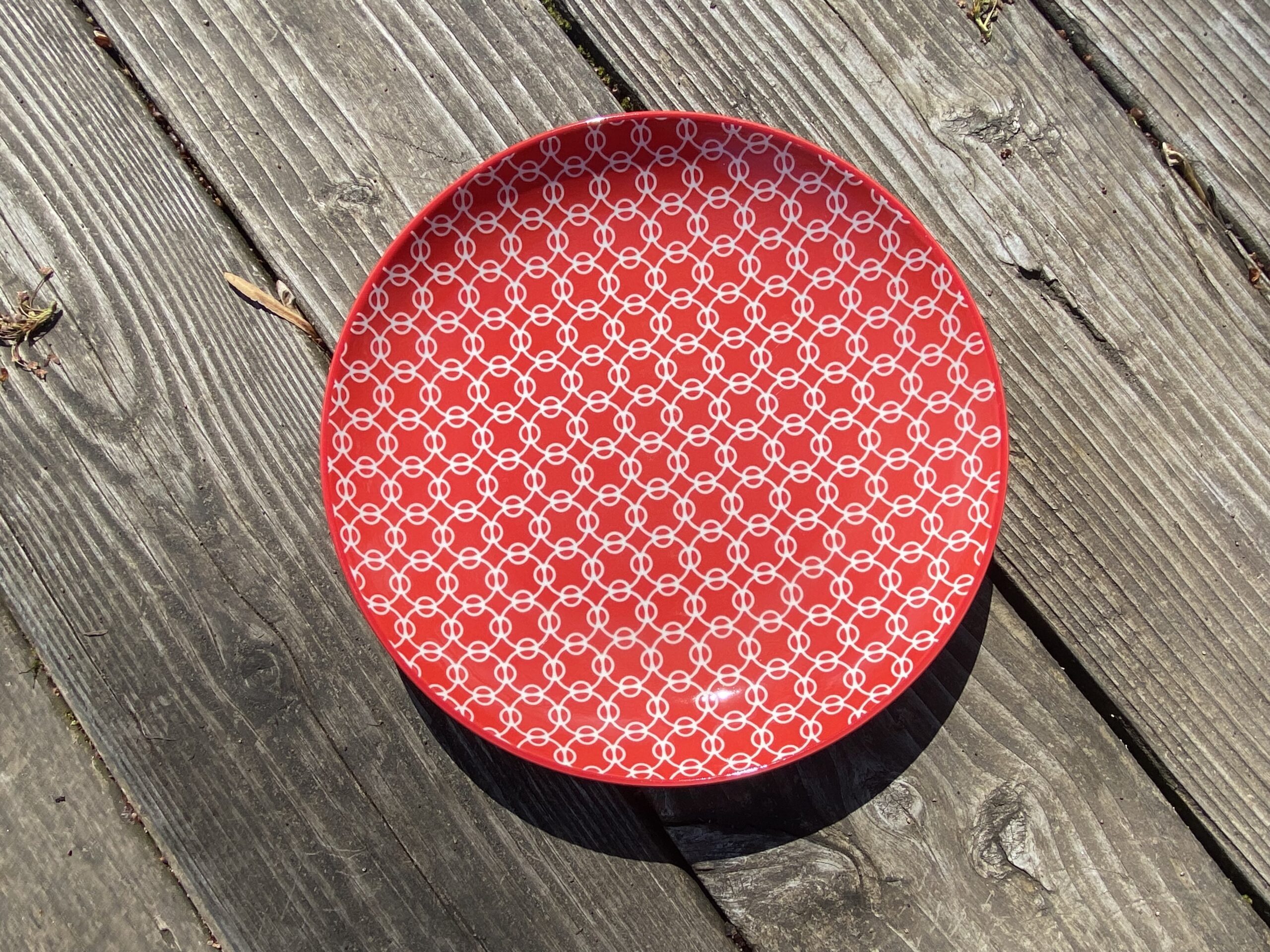
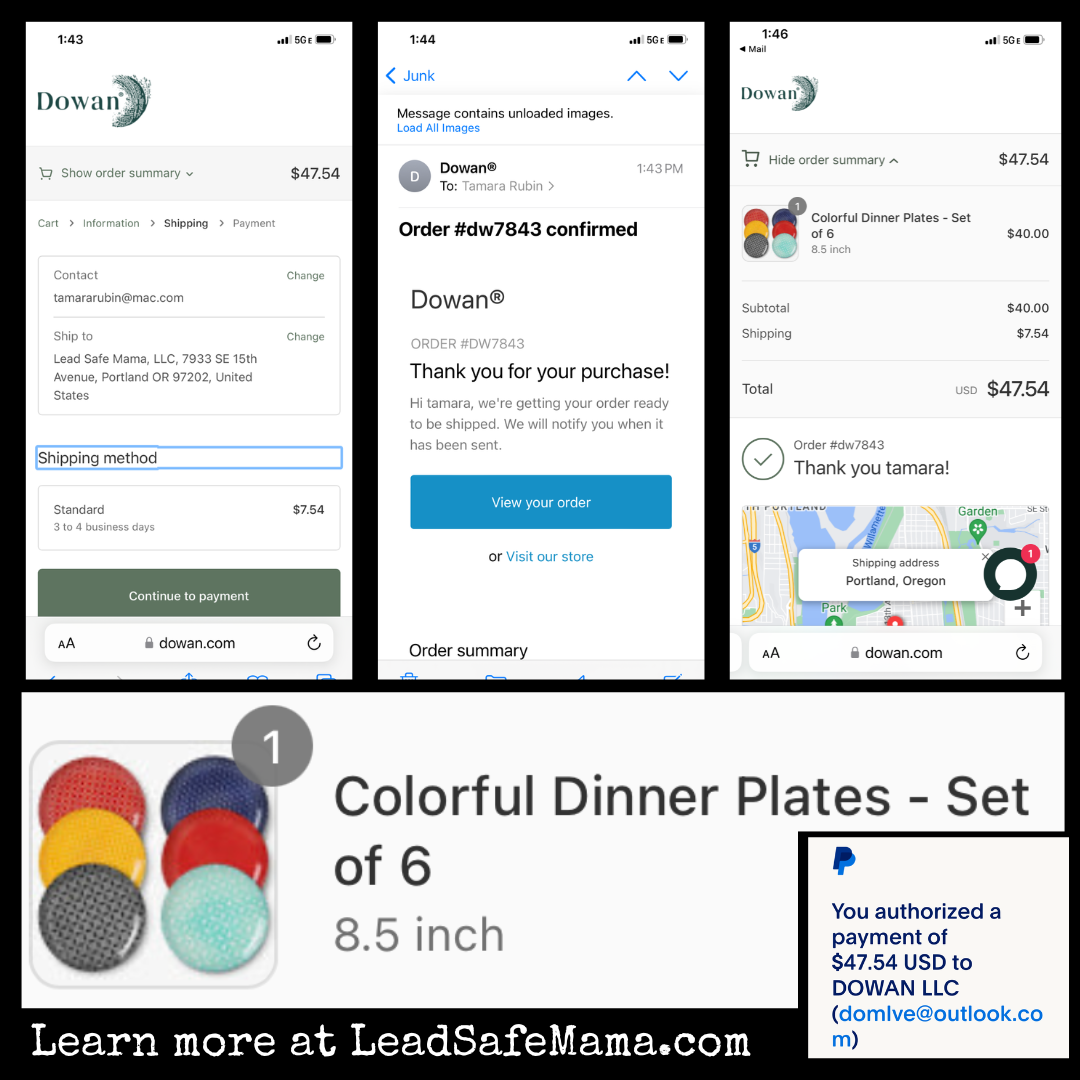
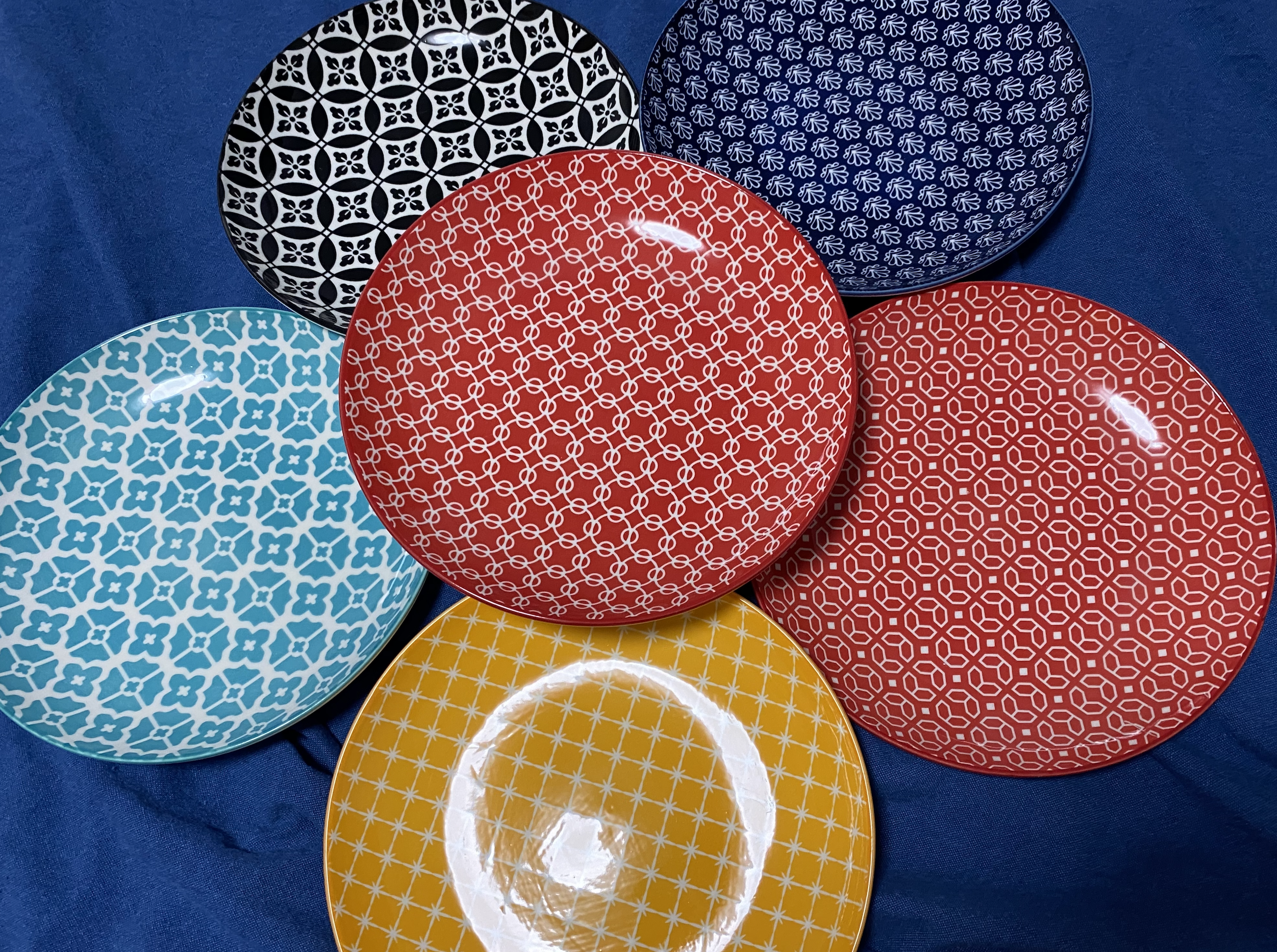
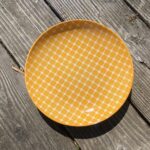
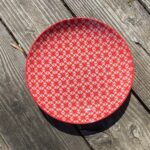
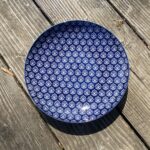
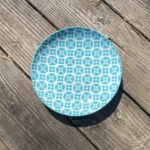 •
• 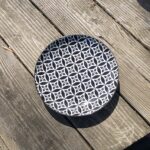 •
• 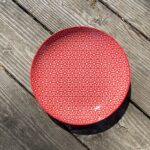
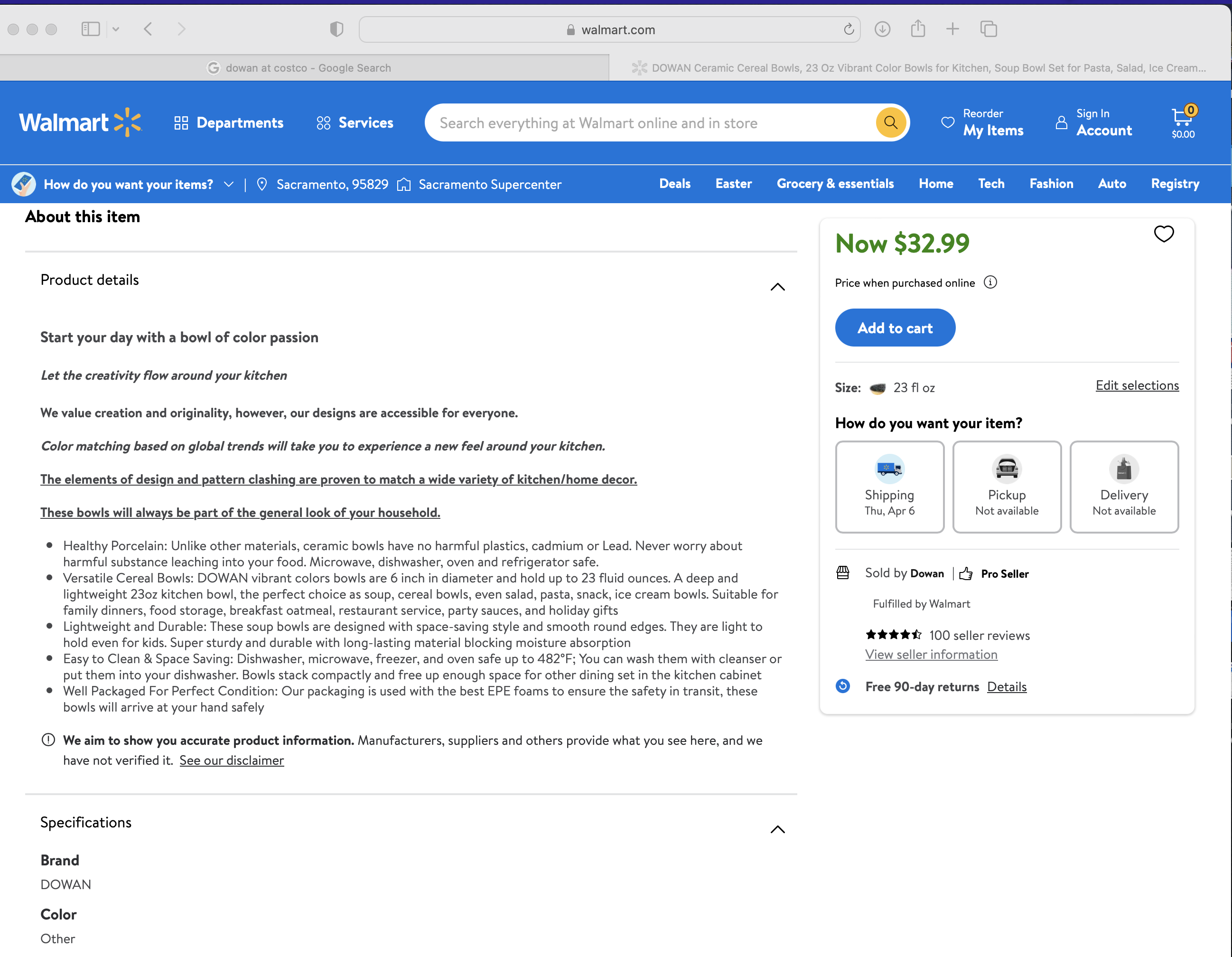
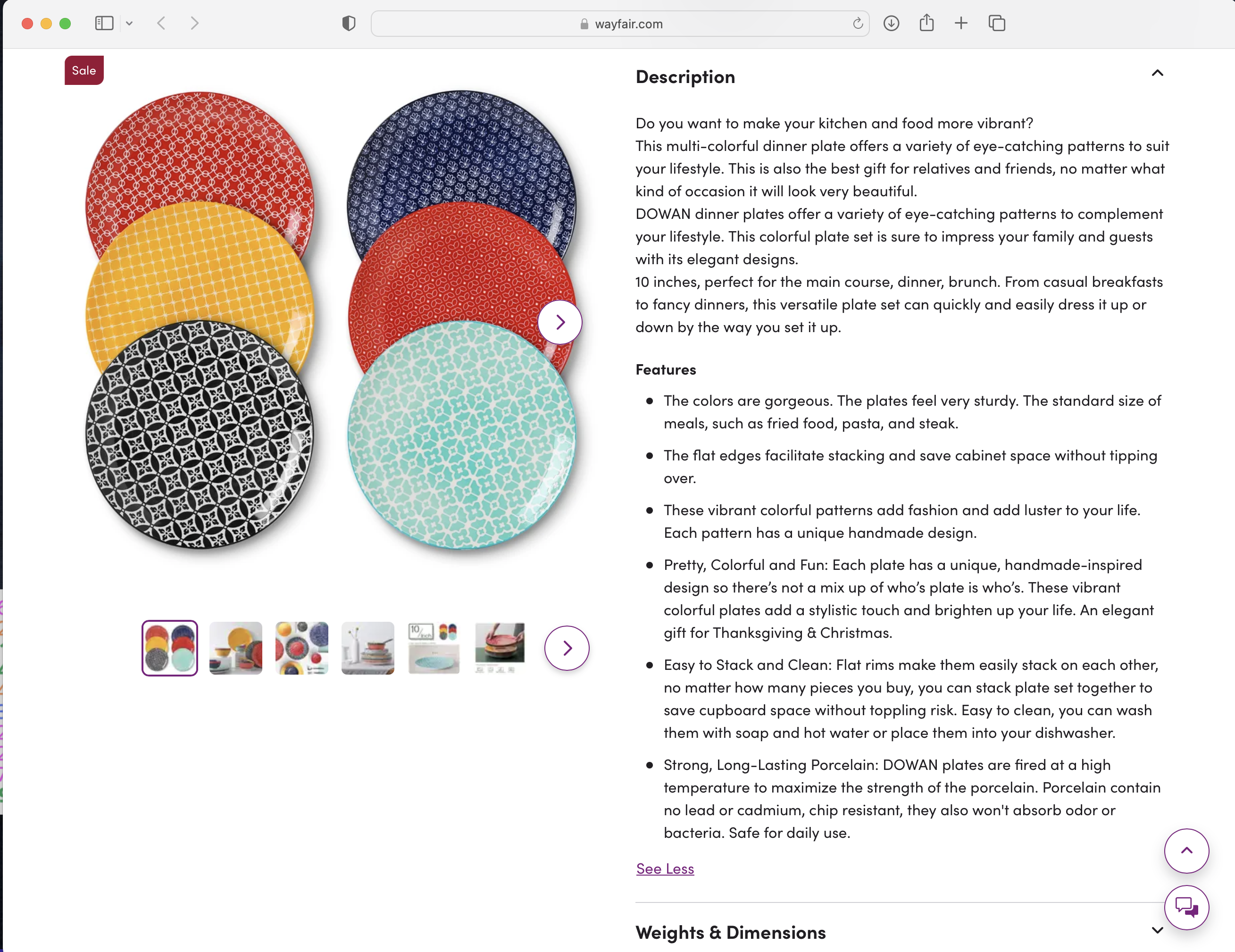
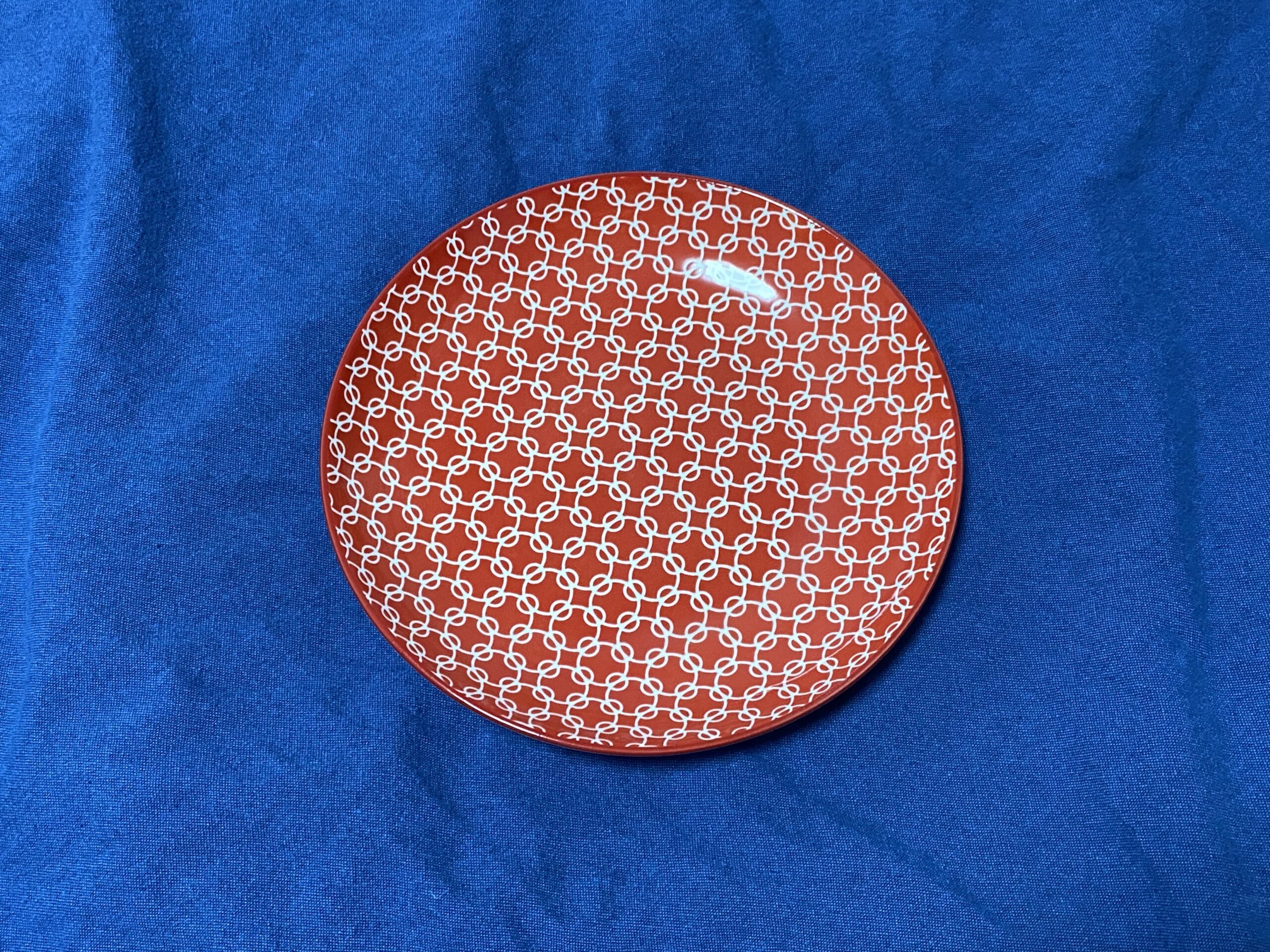
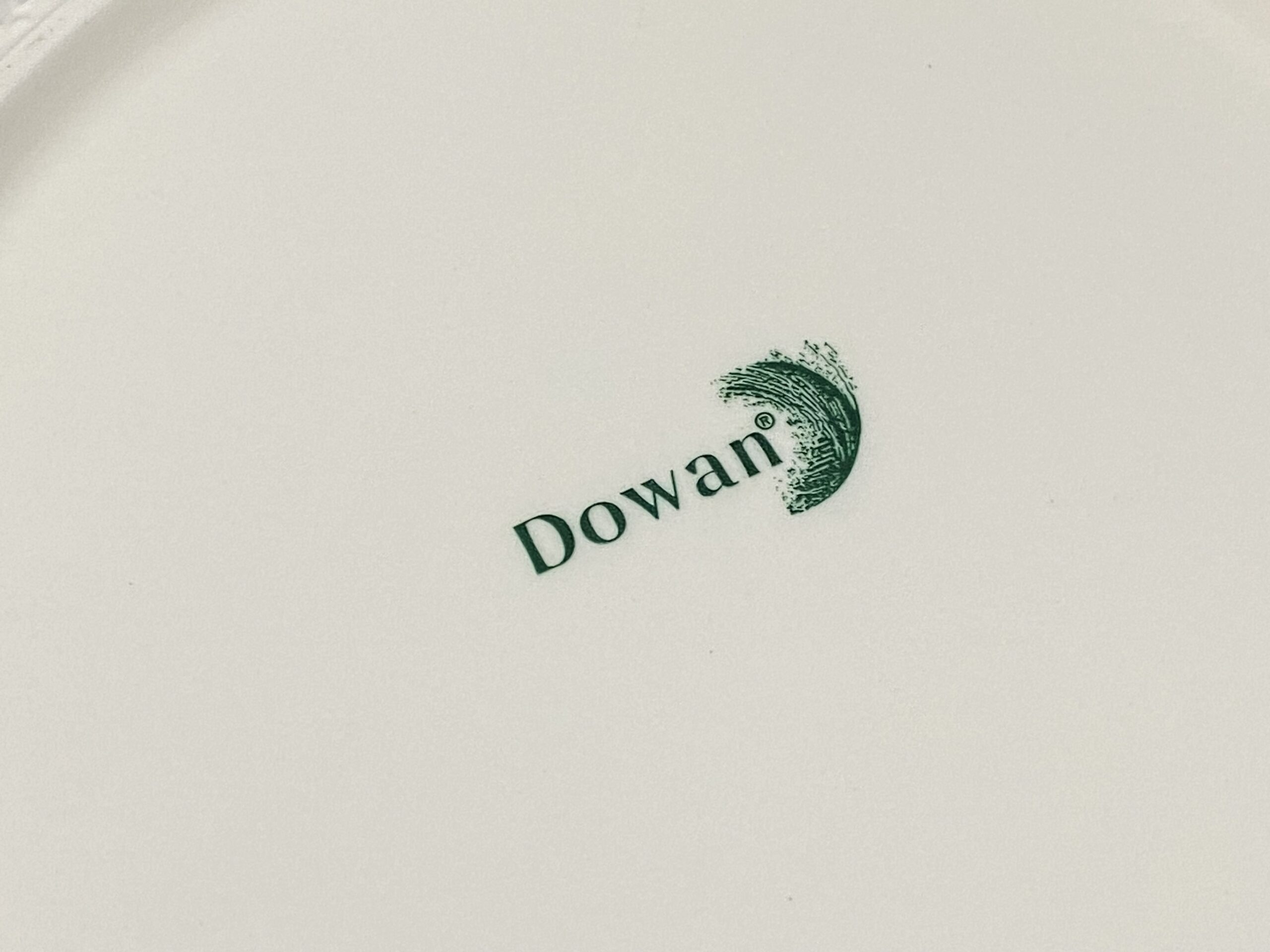
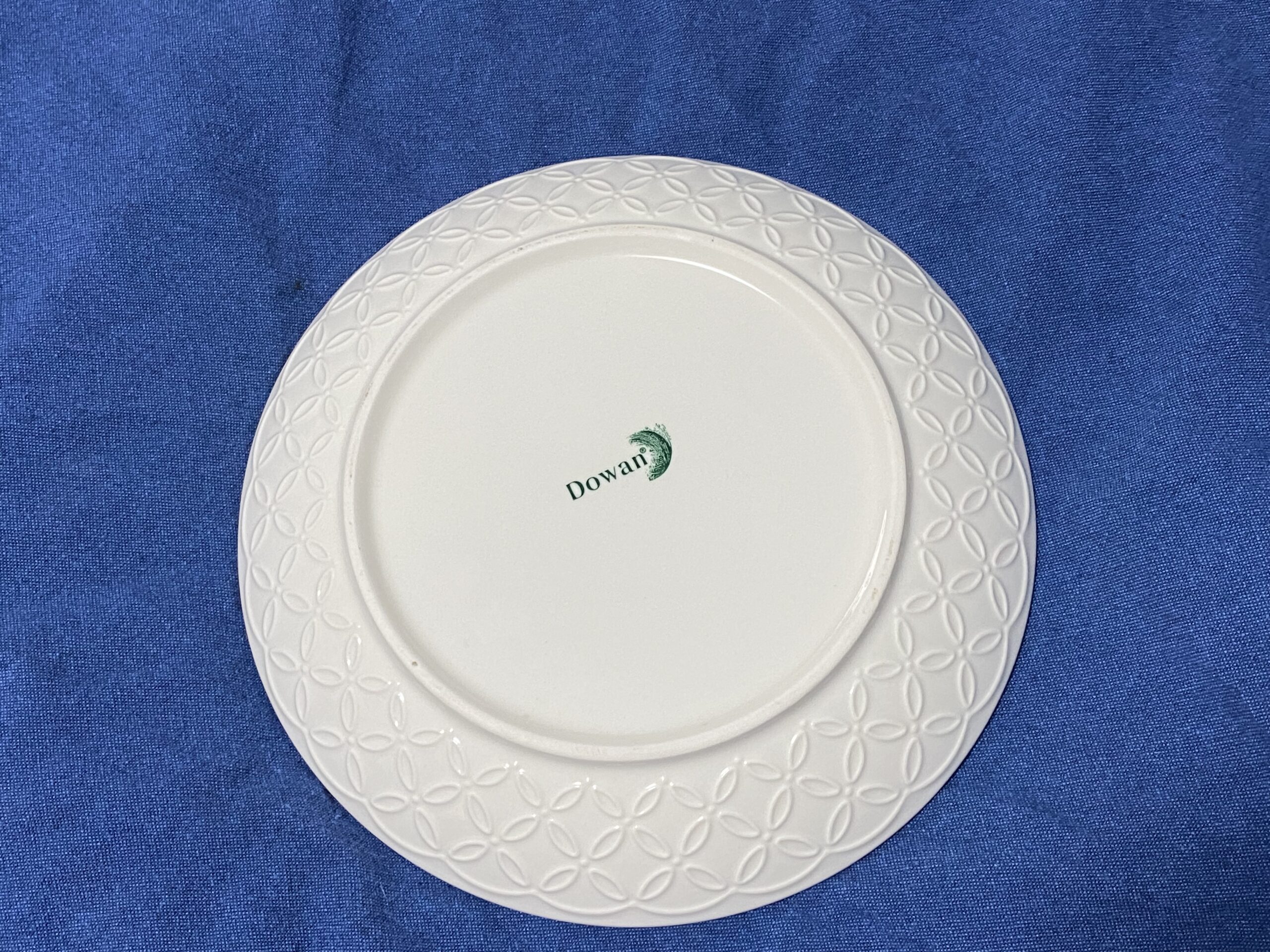
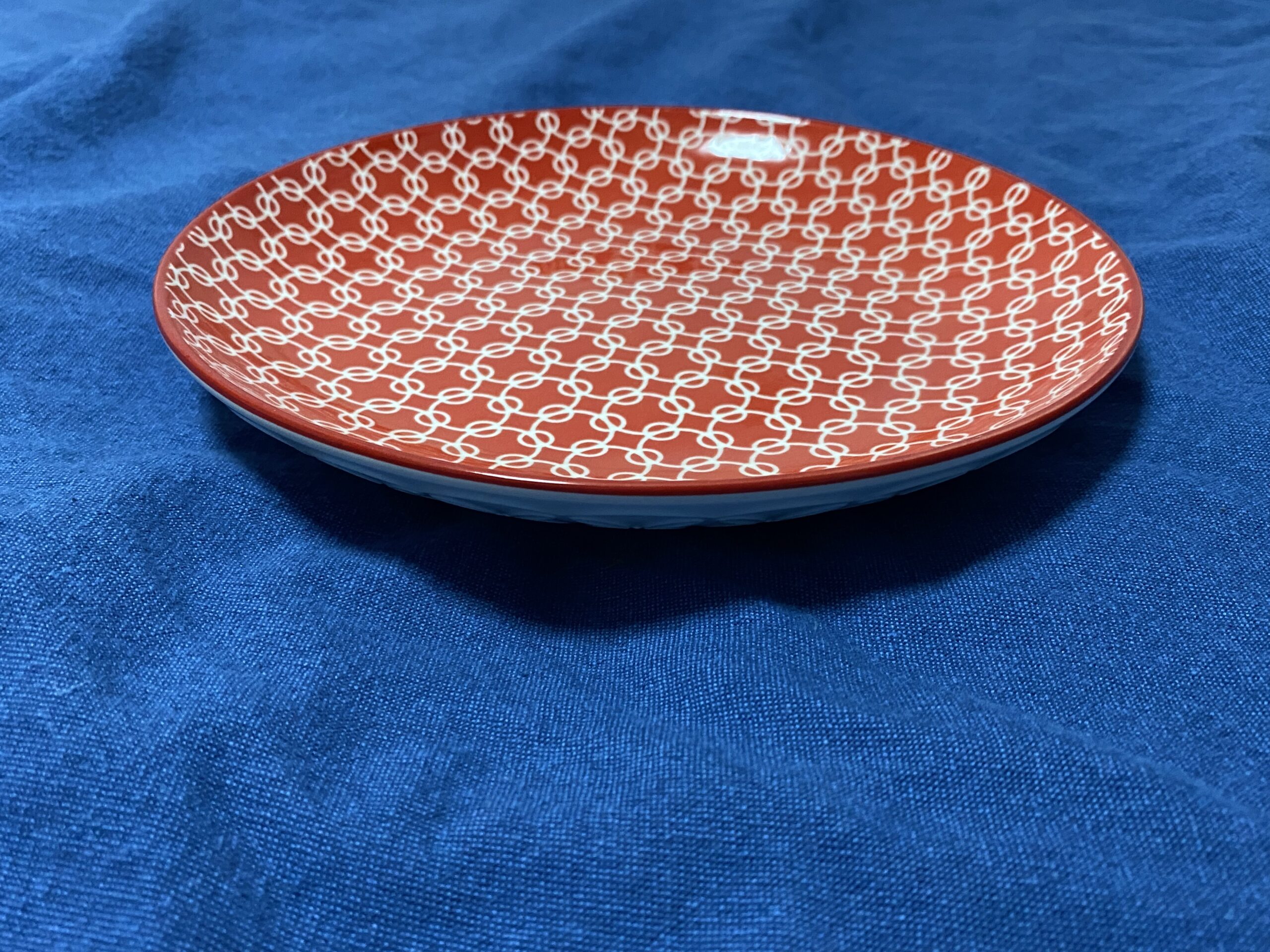
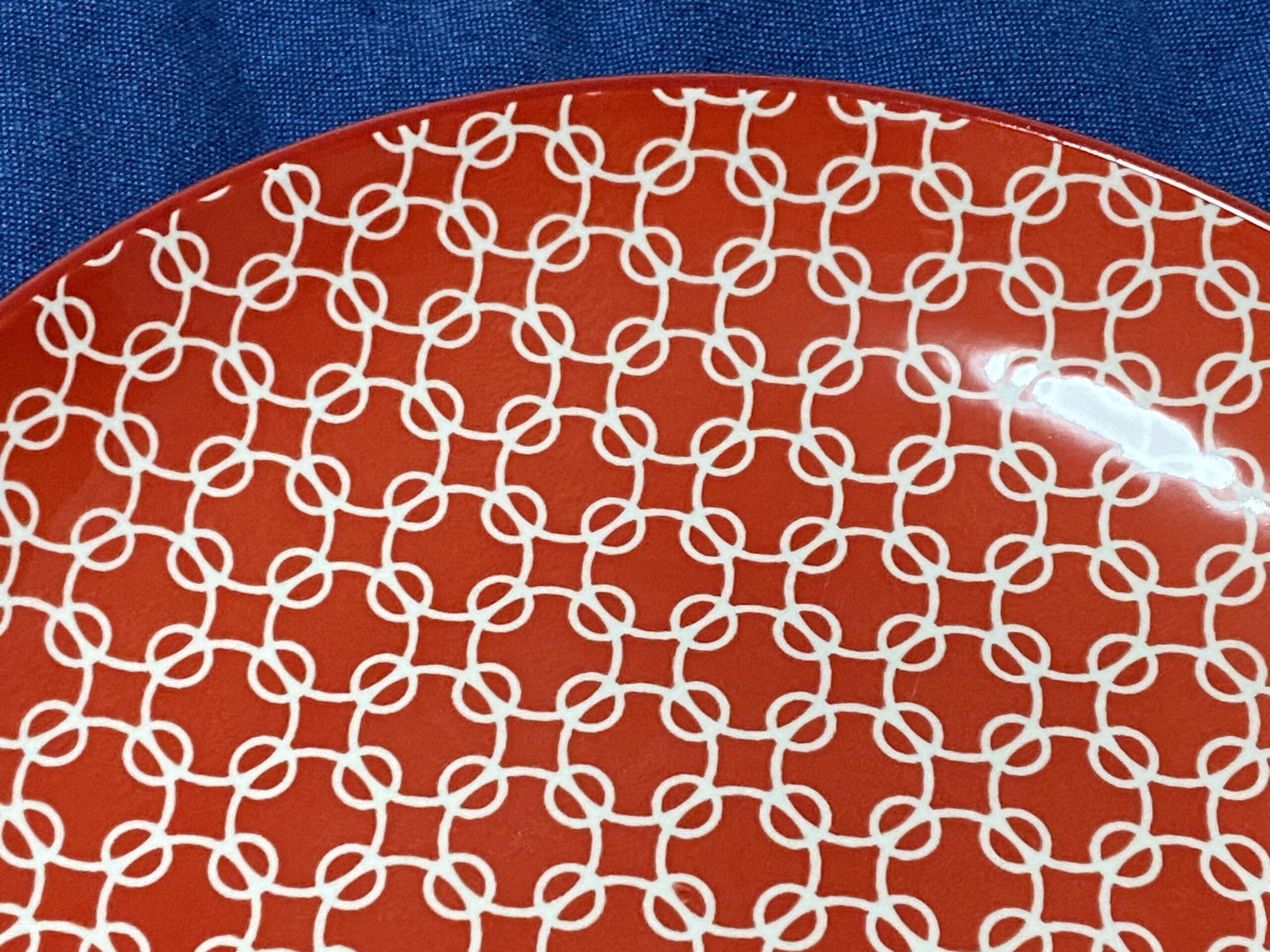
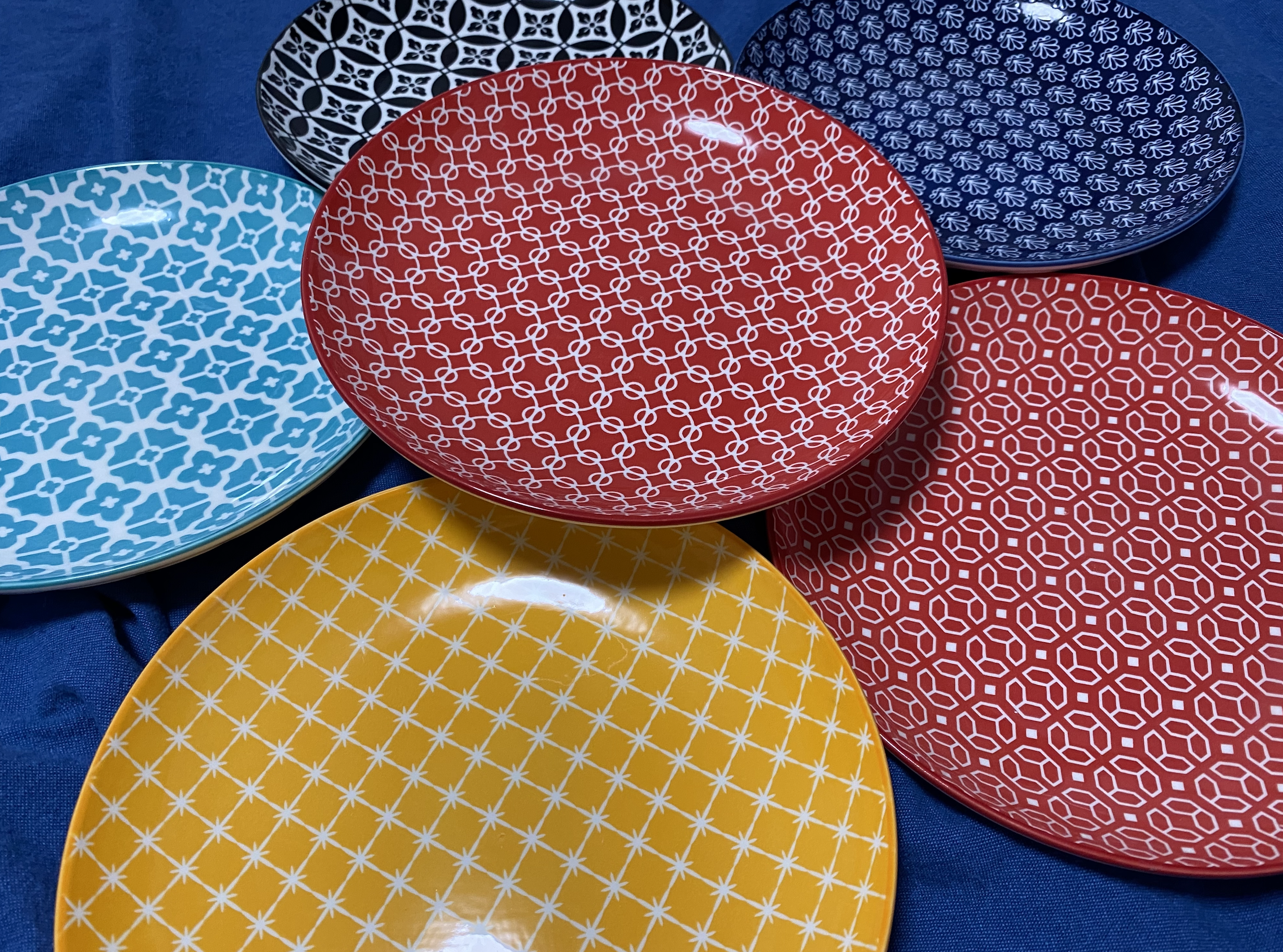
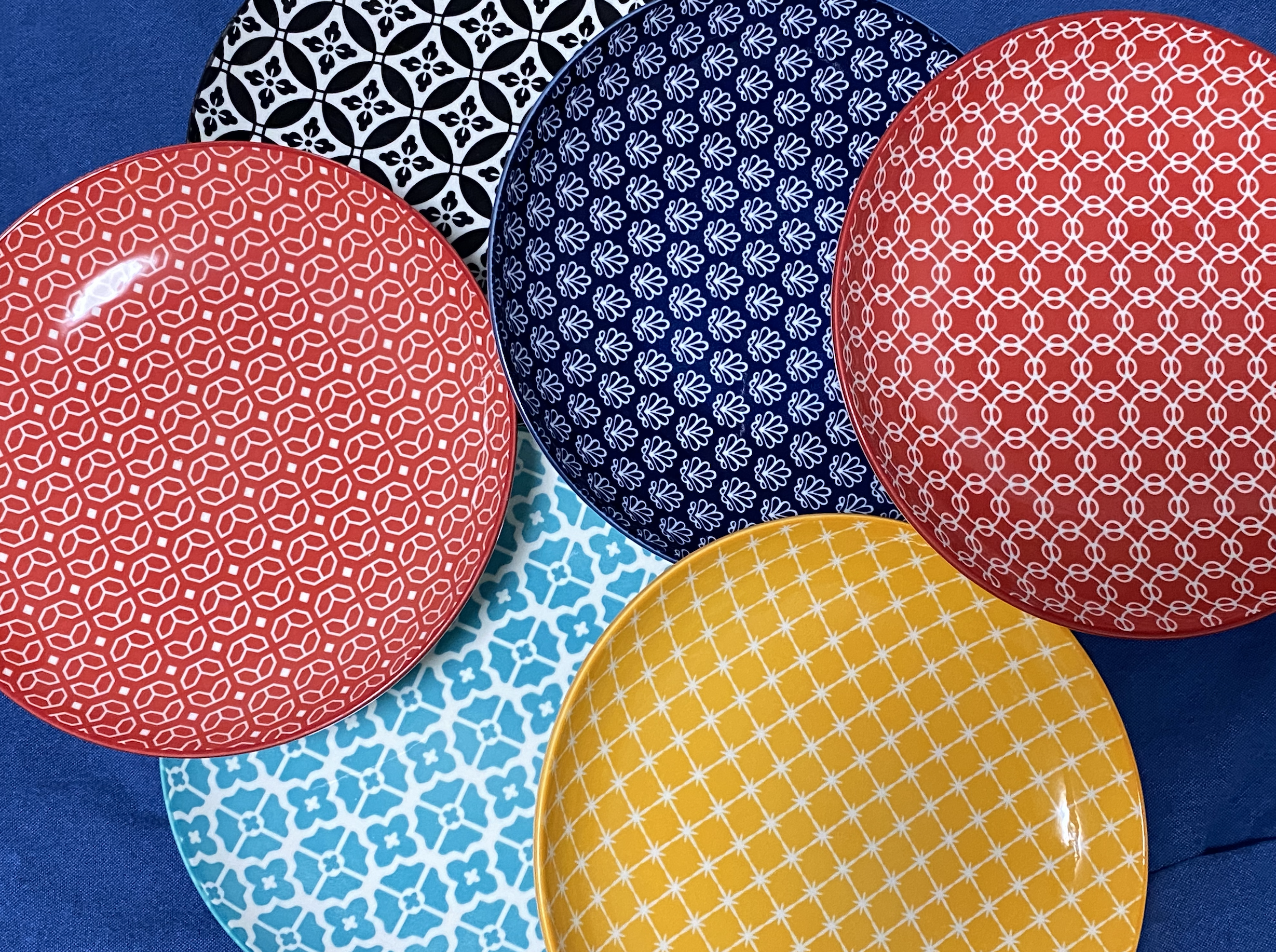

Hi, did you test either blue plates? If so, they lower in cadmium due to the color? I didn’t see them come up when I searched the brand name.